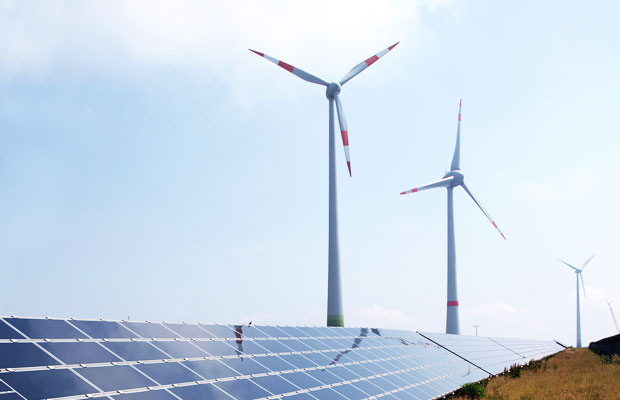

The International Energy Agency (IEA) set out an energy sector roadmap on Thursday for governments to spur economic growth and cut carbon emissions that would require a $1 trillion annual investment over the next three years.
In a study carried out with the International Monetary Fund, the IEA said that by integrating energy policies into government responses to the economic fallout caused by the coronavirus crisis, the deployment of clean energy technologies could be accelerated.
Global energy investment is on track for plunge of 20% this year. Last year, the global energy industry employed around 40 million people but 3 million of those jobs have been lost or are at risk due to the COVID-19 pandemic.
The IEA sustainable recovery plan is based on assessments of more than 30 specific energy policy measures and spans six sectors - electricity, transport, industry, buildings, fuels and emerging low-carbon technologies.
The IEA said it could boost global economic growth by an average of 1.1 percentage points a year over 2021 to 2023.
It could also save or create around 9 million jobs a year and reduce global energy-related greenhouse gas emissions by 4.5 billion tonnes by the end of the plan.
Global investment of around $1 trillion a year would be required to achieve this over the next three years, which is about 0.7% of today’s global gross domestic product.
“Policy makers are having to make hugely consequential decisions in a very short space of time as they draw up stimulus packages,” said IEA Executive Director Fatih Birol.
“The plan is not intended to tell governments what they must do. It seeks to show them what they can do,” he added.
The IEA said the current situation is different from the 2008-9 financial crisis because the costs of leading clean energy technologies such as wind and solar are far lower than then and some emerging technologies like batteries and hydrogen are ready to scale up. (Reporting by Nina Chestney; Editing by Steve Orlofsky)
Guest post from Reuters




